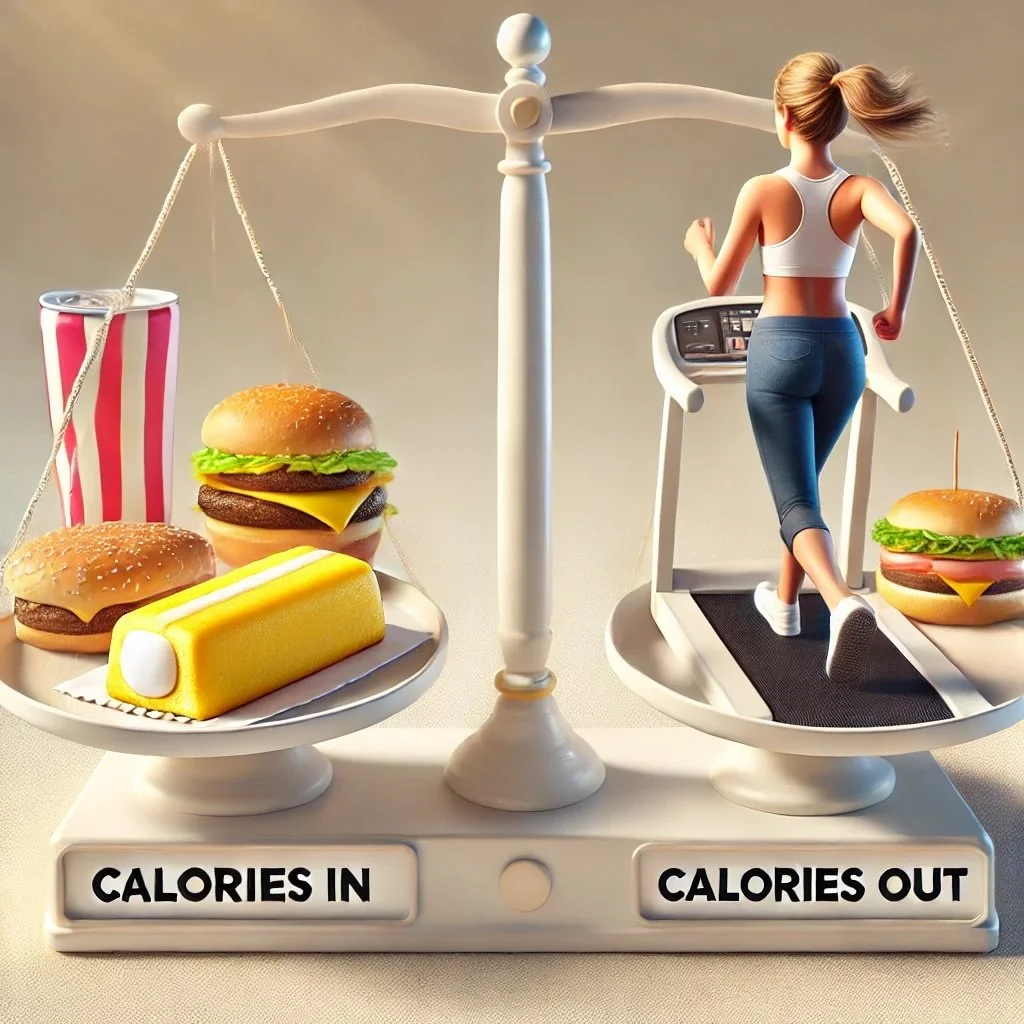The Weight Equation
Every single math class has led up to this specific topic.
All of your college algebra, calculus (calculi?), geometry, etc., has granted you the power to do one simple equation very efficiently.
What equation might that be, you ask?
I like to call it the WEIGHT EQUATION.
Actually—let’s take a few steps back.
You won’t need any of that bullshit from college or high school. All you’ll need is basic addition, subtraction, multiplication, and division. No wonder people used to hate on meatheads for being “dumb.”
In reality, they were just using the most efficient and effective equation to reach their goals.
Why get overly complicated or waste thousands on college tuition?
Alright, alright—I’ve yapped enough.
What is this equation?
The WEIGHT EQUATION. It’s the simple law of:
CALORIES IN, CALORIES OUT
Also known as the first law of thermodynamics as it applies to the body:
Energy cannot be created or destroyed, only transformed.
Woah—that sounds mystical.
Why is this important?
Because it gives us the foundation for understanding how to lose or gain body weight.
Let’s break it down in the simplest terms:
If you consume more energy (in the form of calories—yes, even from Twinkies) than you expend (through movement, workouts, daily activity, or running until you no longer hate yourself for eating a million pancakes), that extra energy gets stored.
Where? In the form of fat cells. AKA: love handles.
But that still doesn’t tell us everything.
How do we know how much we burn on a daily basis compared to what we consume?
Thanks for asking. Here's the easiest calculation you can do for yourself:
Step 1: Calculate how much you burn at rest.
Use the Mifflin-St Jeor Equation to find your Basal Metabolic Rate (BMR) - these are confusing words but just trust me:
Men:
BMR = (10 × weight in kg) + (6.25 × height in cm) − (5 × age in years) + 5Women:
BMR = (10 × weight in kg) + (6.25 × height in cm) − (5 × age in years) − 161
Step 2: Multiply that number by an Activity Factor from the table below:
This will give you your relative (not perfect, but pretty close) TDEE, or Total Daily Energy Expenditure.
Here’s an example of a male (hopefully me at 30):
Example (Male):
Age: 30 years old
Weight: 180 lbs (82 kg)
Height: 5'10" (178 cm)
Activity level: Works out 3–5x/week → Moderately active
BMR = (10 × 82) + (6.25 × 178) − (5 × 30) + 5
= 820 + 1112.5 − 150 + 5
= 1787.5 calories
TDEE = 1787.5 × 1.55 = ~2770 calories/day
Do I knock out that many calories a day?
Well of course I do!
Now, you could do all this math mumbo jumbo manually... but come on—we’ve got ChatGPT now. Doing math or homework is a thing of the past. Just hand over your PHI (Private Health Information) to the AI gods and let them crunch the numbers for you.
(Disclaimer: This is a joke, don’t sue me.)
Apps like MyFitnessPal and Cronometer also handle this entire process for you.
Now, why is that number important?
You can now track your calories in (what you eat) and calories out (your TDEE). So how do you actually use this information to lose or gain weight?
A common approach is to aim for a 500-calorie deficit per day, 7 days a week.
Why? Because one pound of fat = roughly 3,500 calories.
So if you eat 500 fewer calories than you burn each day:
500 × 7 = 3,500 → 1 pound of fat loss per week.
(See? I told you this math shit wasn’t that hard.)
Want to gain weight? Same formula—just reverse it:
Add 500 calories per day to gain roughly 1 pound per week.
But again, let’s not kid ourselves—we’re lazy creatures.
We’re not about this primitive “math” lifestyle anymore. So for the grand finale... drum roll, please...
.
.
.
.
.
THESE APPS DO THIS FOR YOU TOO!
Apps like MyFitnessPal and Cronometer will literally calculate all of this if you set a goal to lose ~1 pound per week. No more guessing games, no more napkin math, you can even keep your precious PHI from the AI gods (but let’s be honest the apps are sending it over anyways).
That said—understanding the concept is super important. Knowing why you’re in a deficit or surplus helps you stay consistent and adapt when things change.
So get out there. Crush your goals.
Never let Twinkies or pancakes get the best of you—because now you understand the energy balance of life.
You know how to calculate the cost of each calorie in and out.
And remember...
With great power comes great responsibility.

